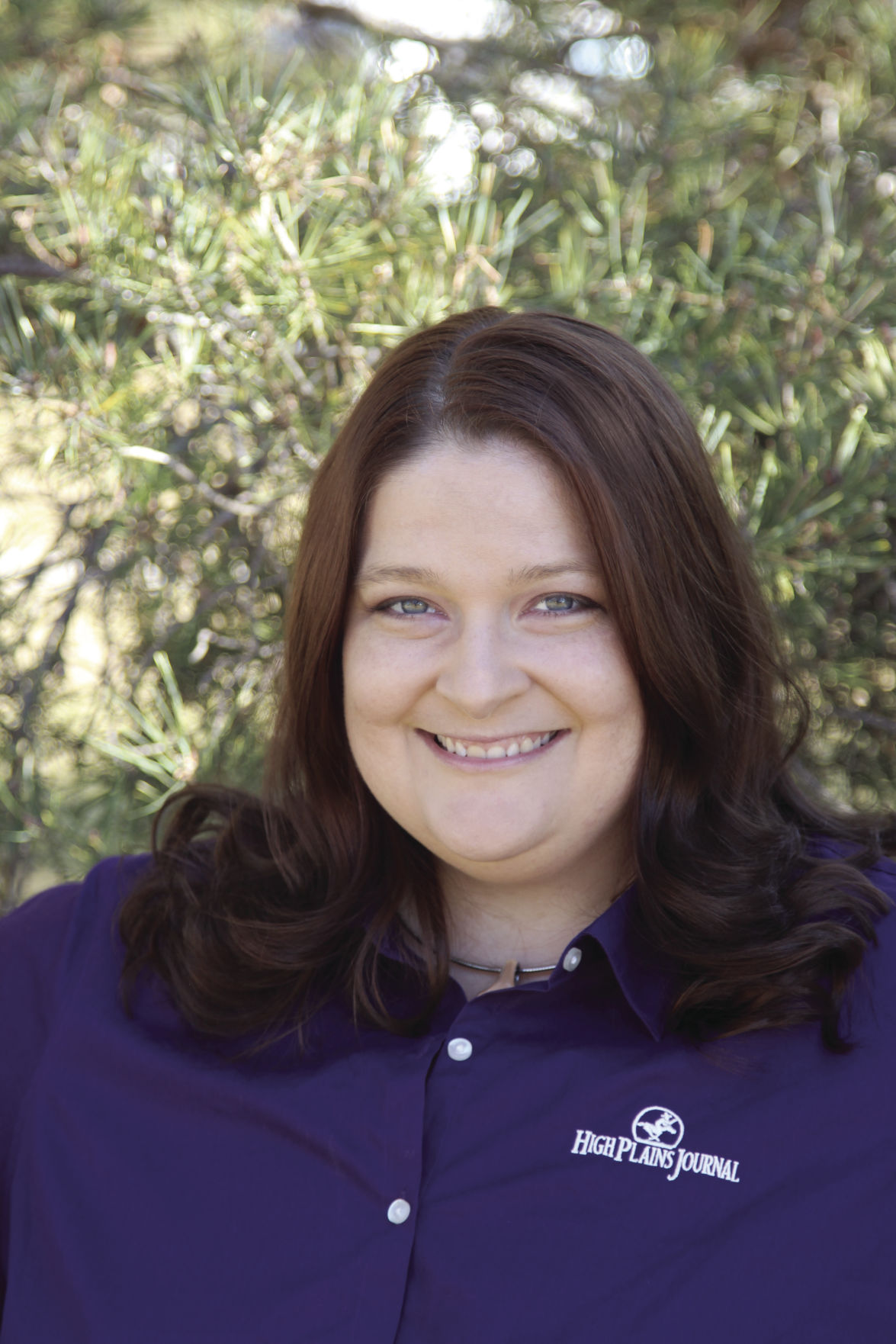My calendar has never looked so empty.
No trips to announce a spring cattle show.
No quick jaunts to Wichita for shopping or to see a concert with friends.
No juggling which producer meetings, field days and conferences we’re going to attend.
This is life inside the COVID-19 curve. We’re staying home and avoiding congregating at points where the novel coronavirus can be spread easily through community contact. And while we can be frustrated, sad, mad or even sarcastic about the situation right now, we can’t let ourselves forget that there will be life after the curve.
We as a nation emerged from Sept. 11, 2001, with a collective sense of patriotism and a thirst to stop terrorism in its tracks. What will be our nation’s lessons after the COVID-19 curve?
Will we find a newfound admiration for healthcare, janitorial, food service and the rest of the workforce who are now deemed essential to our nation? Before the curve they were perceived by many as just the people who took out our trash, or bagged our groceries or drove the trucks that brought the supplies to our rural areas every day. Today, they’re collecting the trash that is full of contaminated PPE in our hospitals, or working through the night to stock the shelves with toilet paper. After the curve they’ll still be taking care of the dirty jobs, the faceless workers who do what needs to be done, but maybe we’ll look them in the eyes and say thank you.
Maybe we’ll come out of the curve with a new understanding of how much food we waste and choose to be more mindful of our meal planning. Like our grandparents and great-grandparents who made it through the Depression and rationing during World War II, we’ll likely never take fully stocked shelves or toilet paper for granted again.
This fall, at the first parent-teacher conference after the curve, what are those conversations going to be like? Two to three months of forced homeschooling by parents may change some attitudes toward teachers and administrators. Maybe some will find out that their children are much different in a school setting than they are at home. Maybe some parents will understand the value of home schooling or, at the very least, added enrichment activities to public schooling for their children’s education. Maybe our rural school districts will see that there are many ways that education can happen, from hiring more distance teachers to teach through online classes and sharing the costs with neighboring districts, or offering additional home-based enrichment activities.
Right now, inside the curve, there are no sports reports on the news. No concerts and festivals to distract and entertain. There’s no spring livestock shows, no rodeo jackpots, no traveling sports teams or children’s extracurricular lessons that take a family in 15 different directions. Are we taking the time to evaluate the necessity of the necessities? After the curve, maybe we take a stand for what we’re going to spend our precious family time on, and not cave to peer pressure to run ragged.
The point is, we have a choice to focus on life inside the curve, or what it could be after the curve.
We can complain and whine about what we’re missing, and figure out ways to circumvent the guidelines. We can post online unoriginal hot takes about the struggles of staying in our homes, or the perceived absurdity of social distancing in a region where many of our neighbors are already 5 miles away. Or, we can dig deep for our gumption, accept that what we once considered normal is paused and get through this the best way we can.
Because life will return after the curve. It may not look like what we once knew in a time before the novel coronavirus came to our shores. But we can choose to plan to face it with positivity, and flexibility and hope that we can make it better.
Jennifer M. Latzke can be reached at 620-227-1807 or [email protected].

